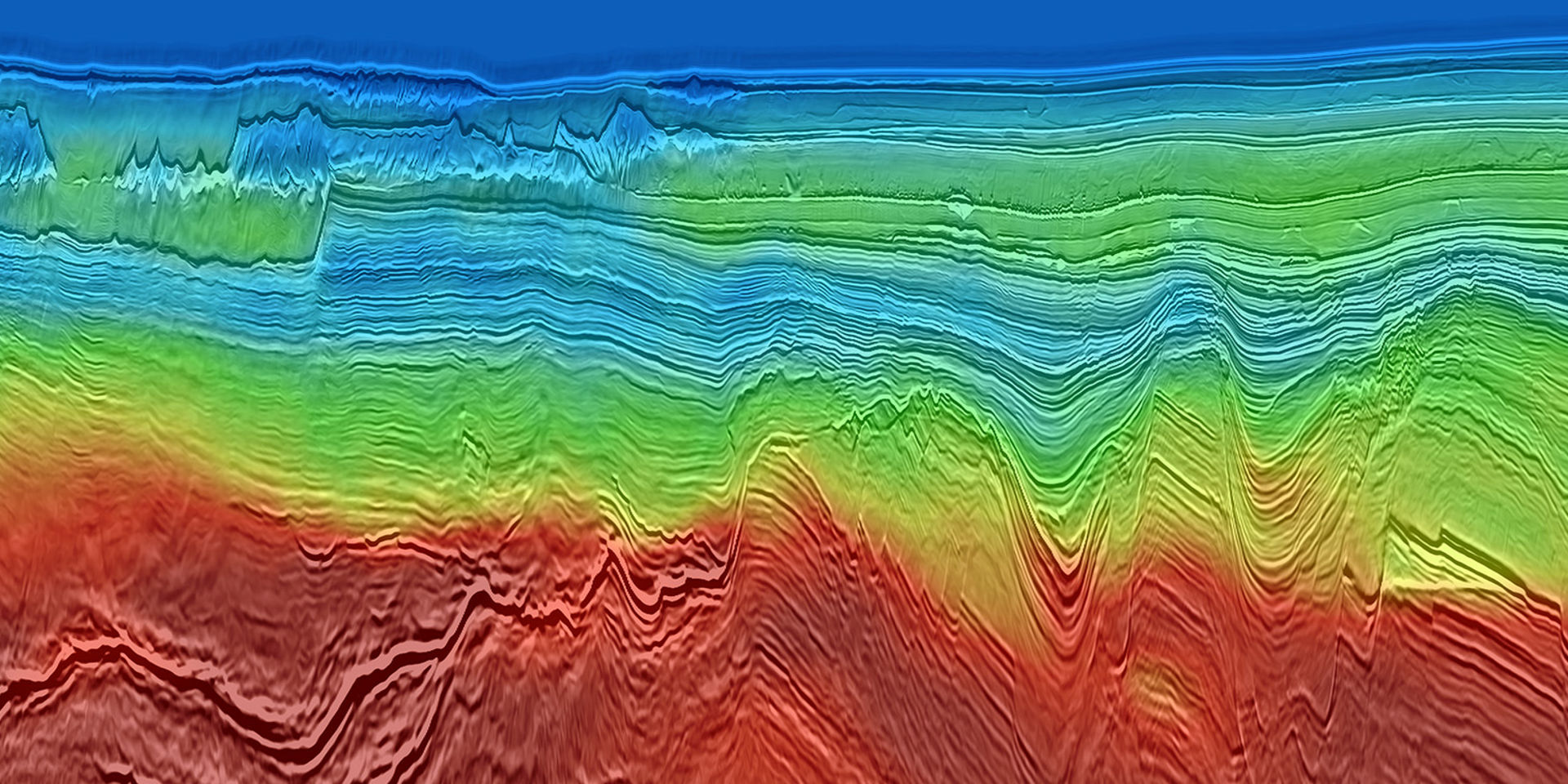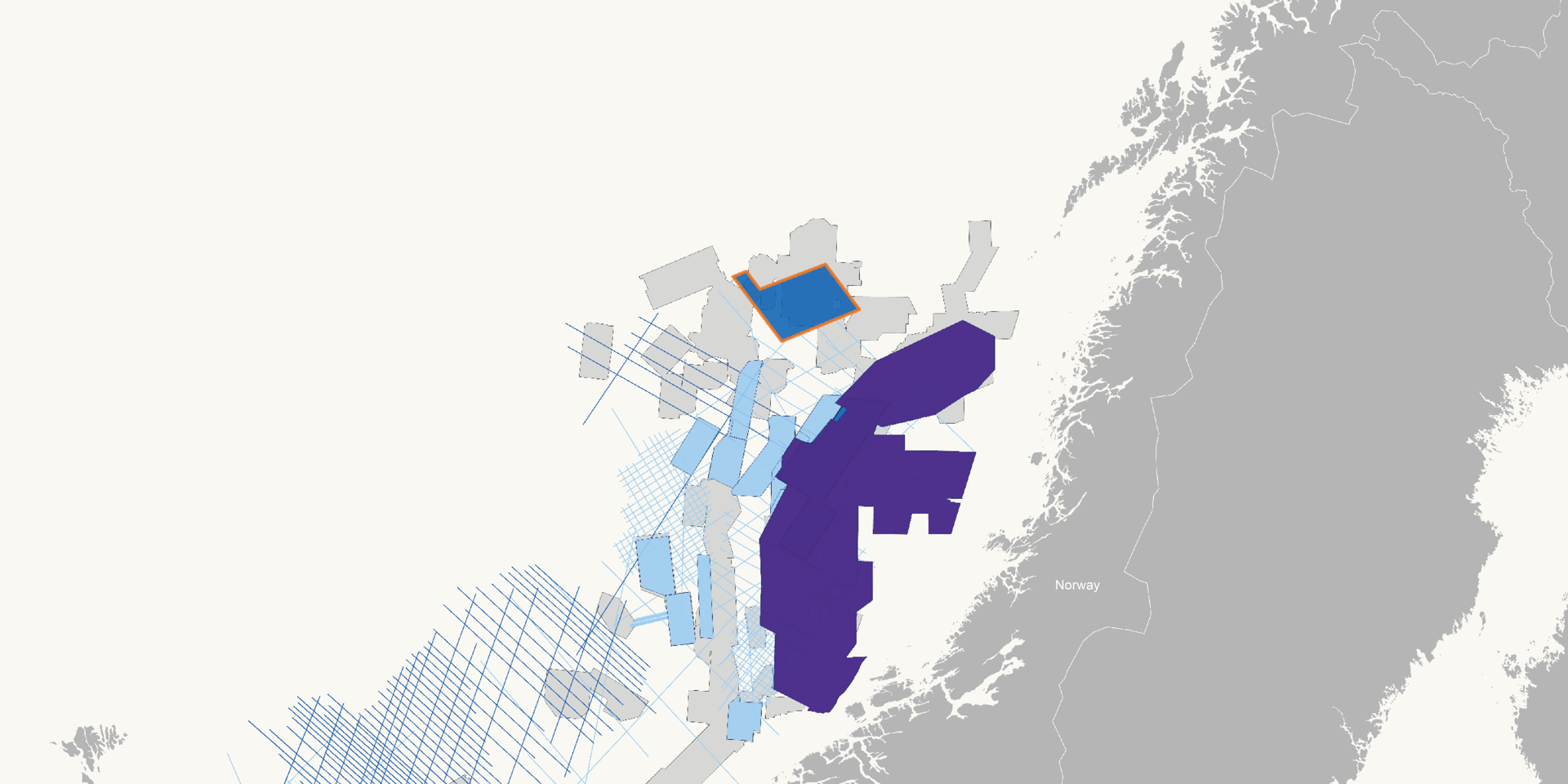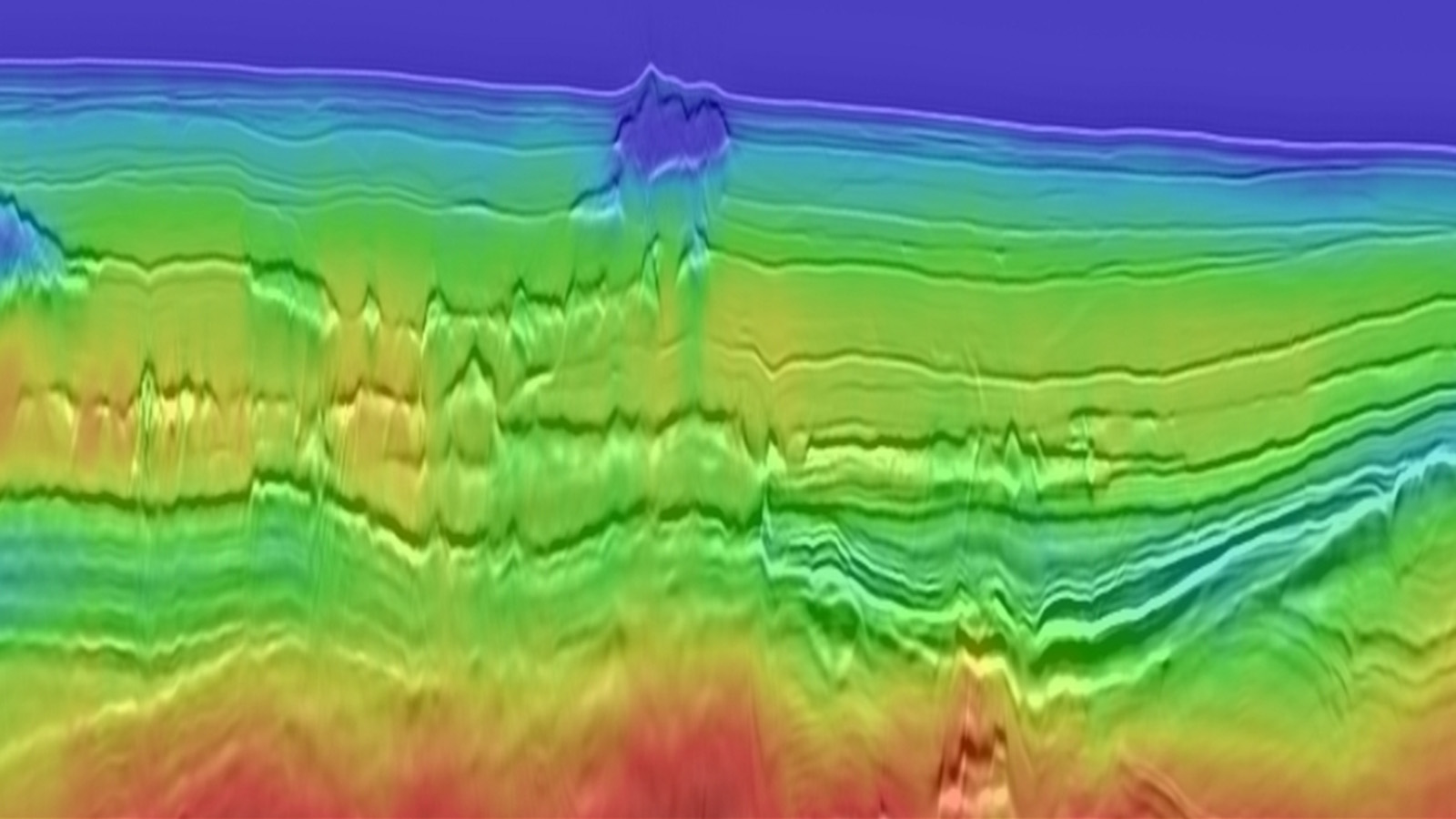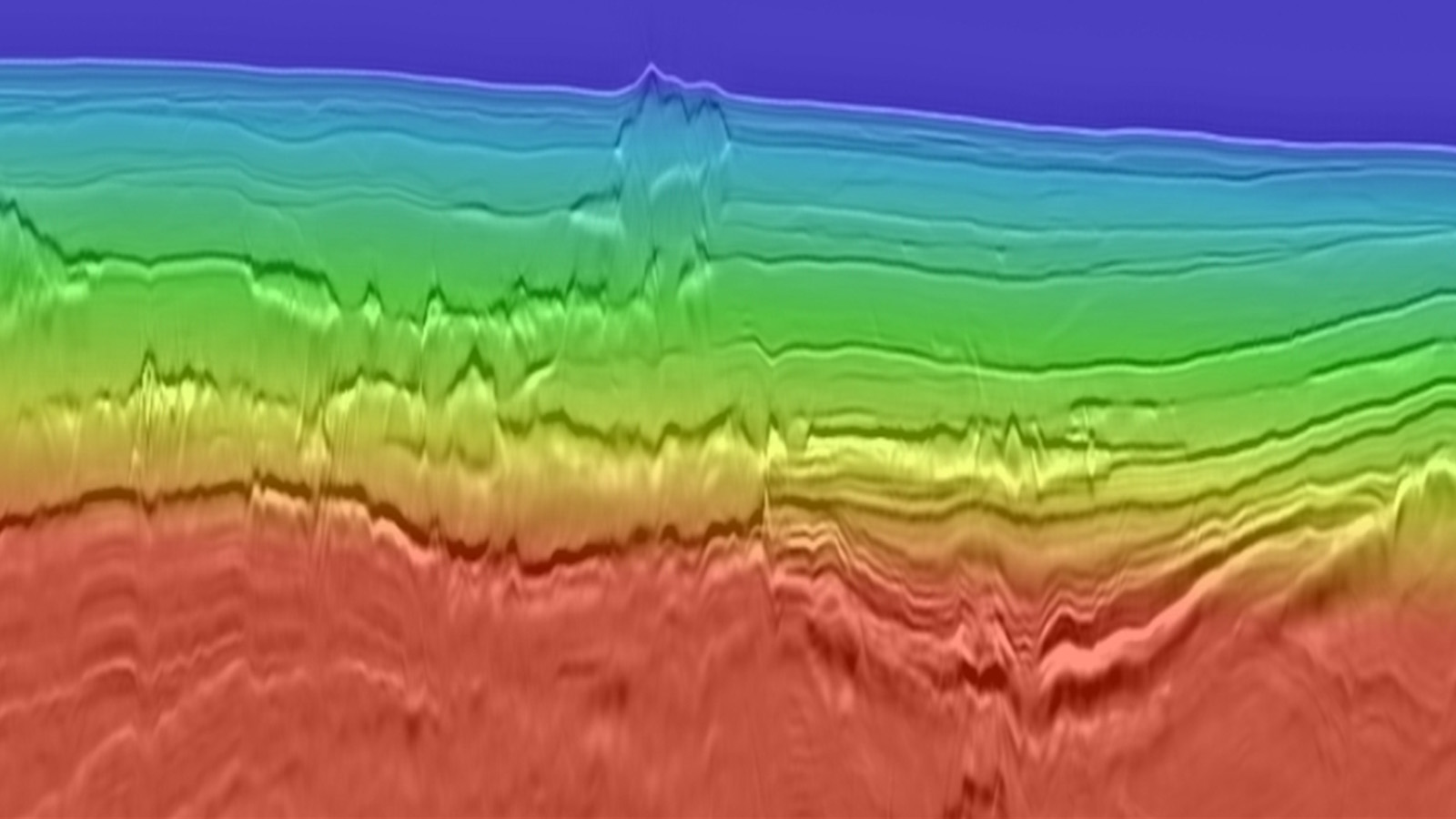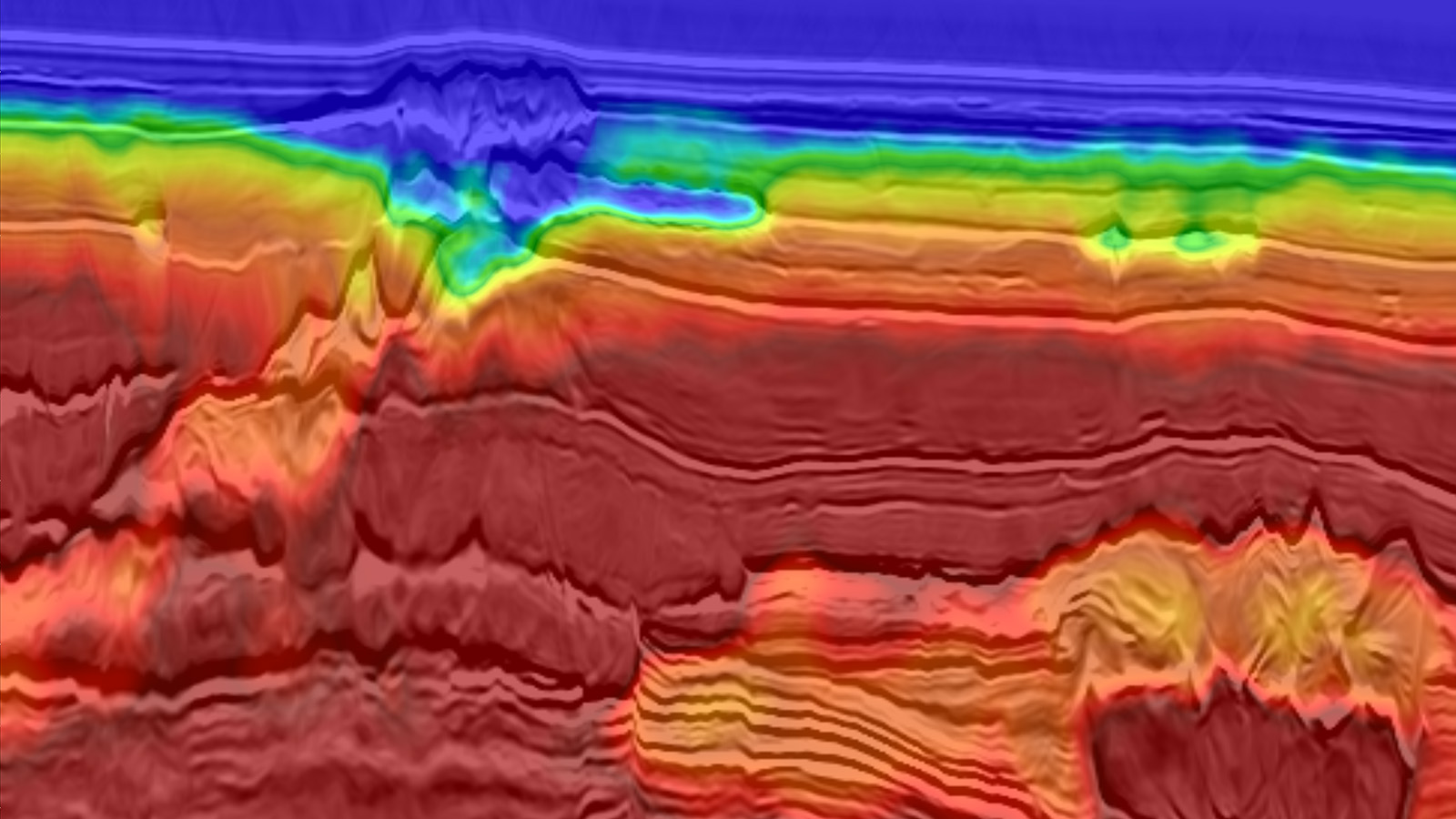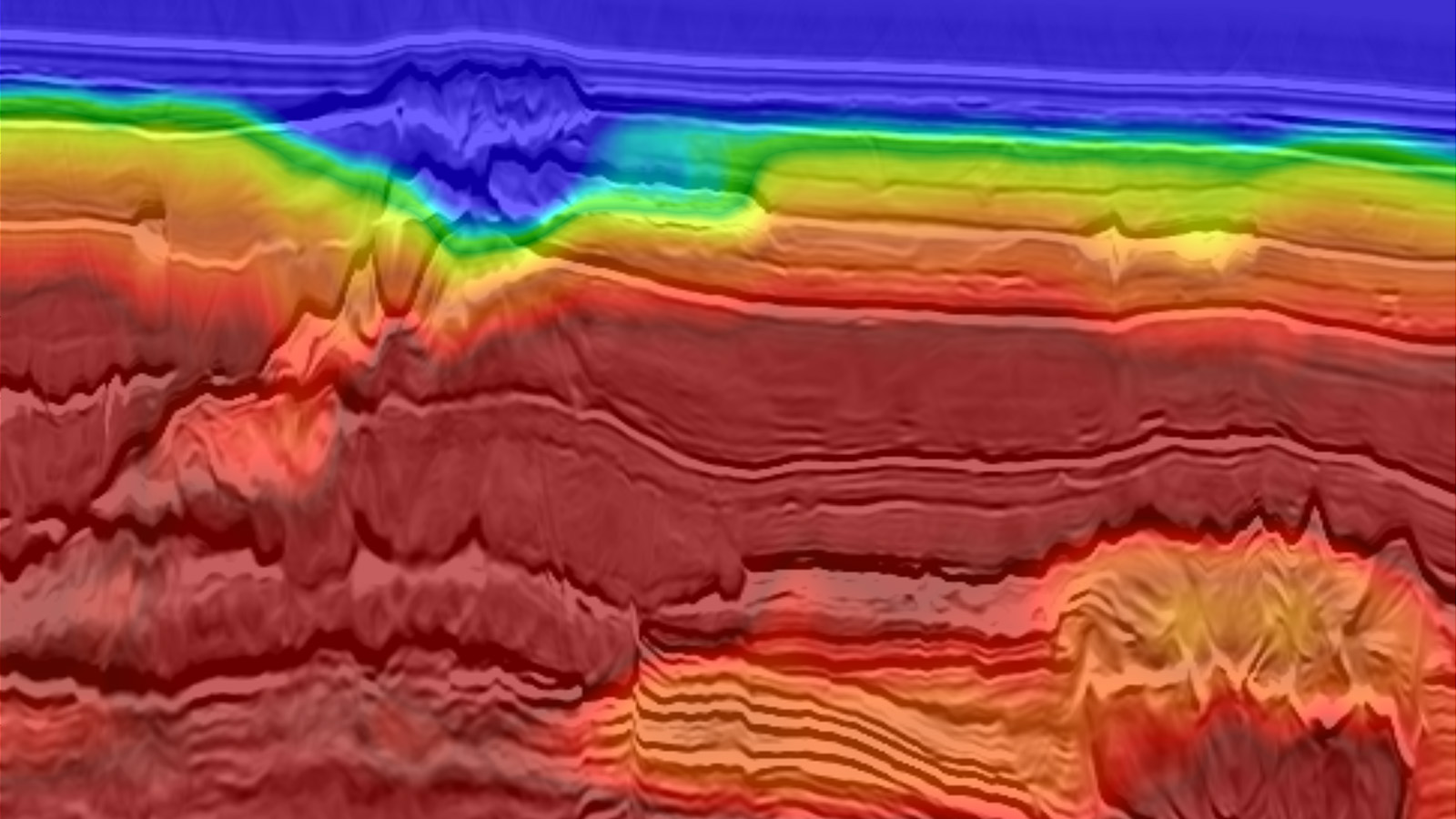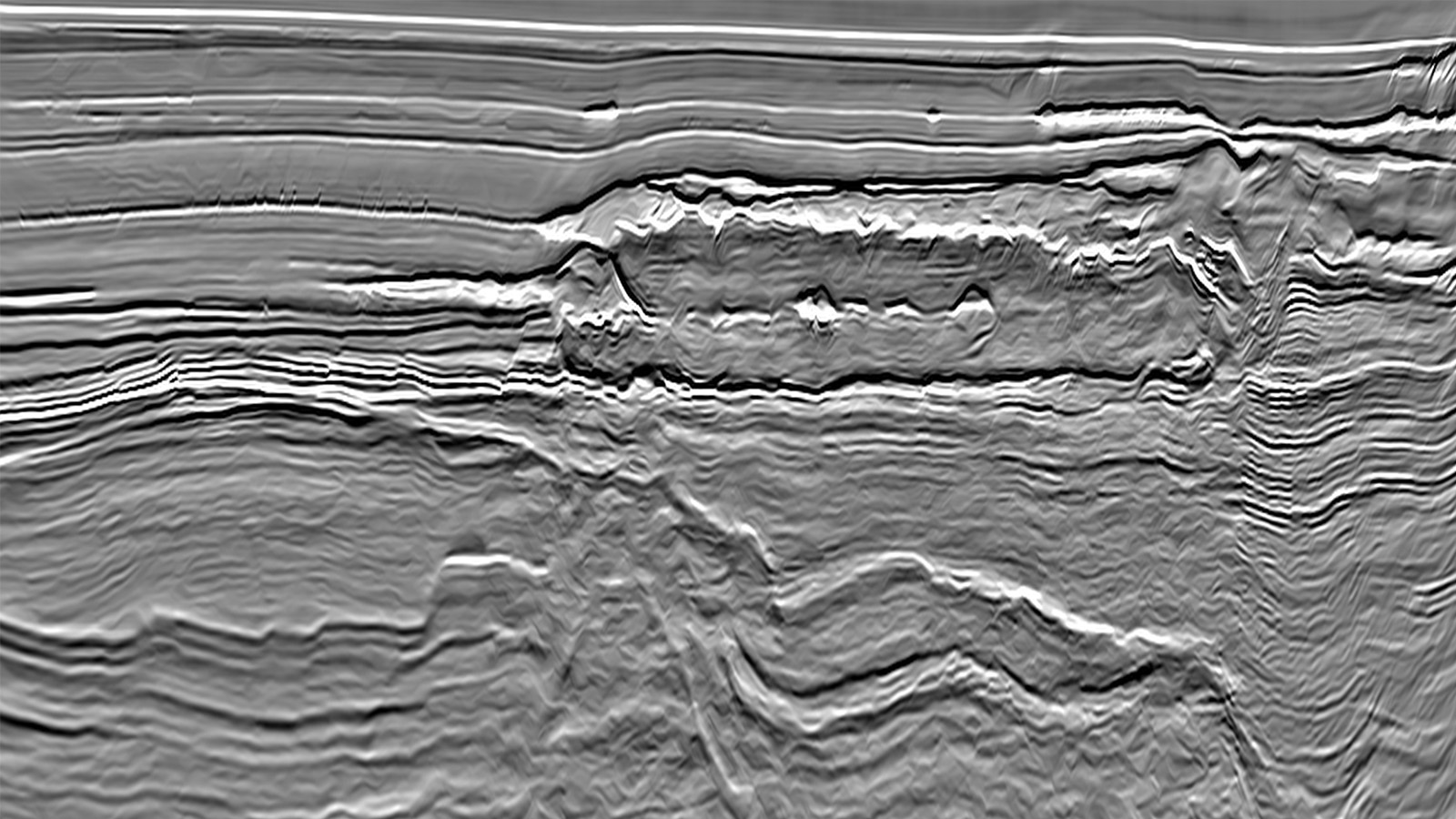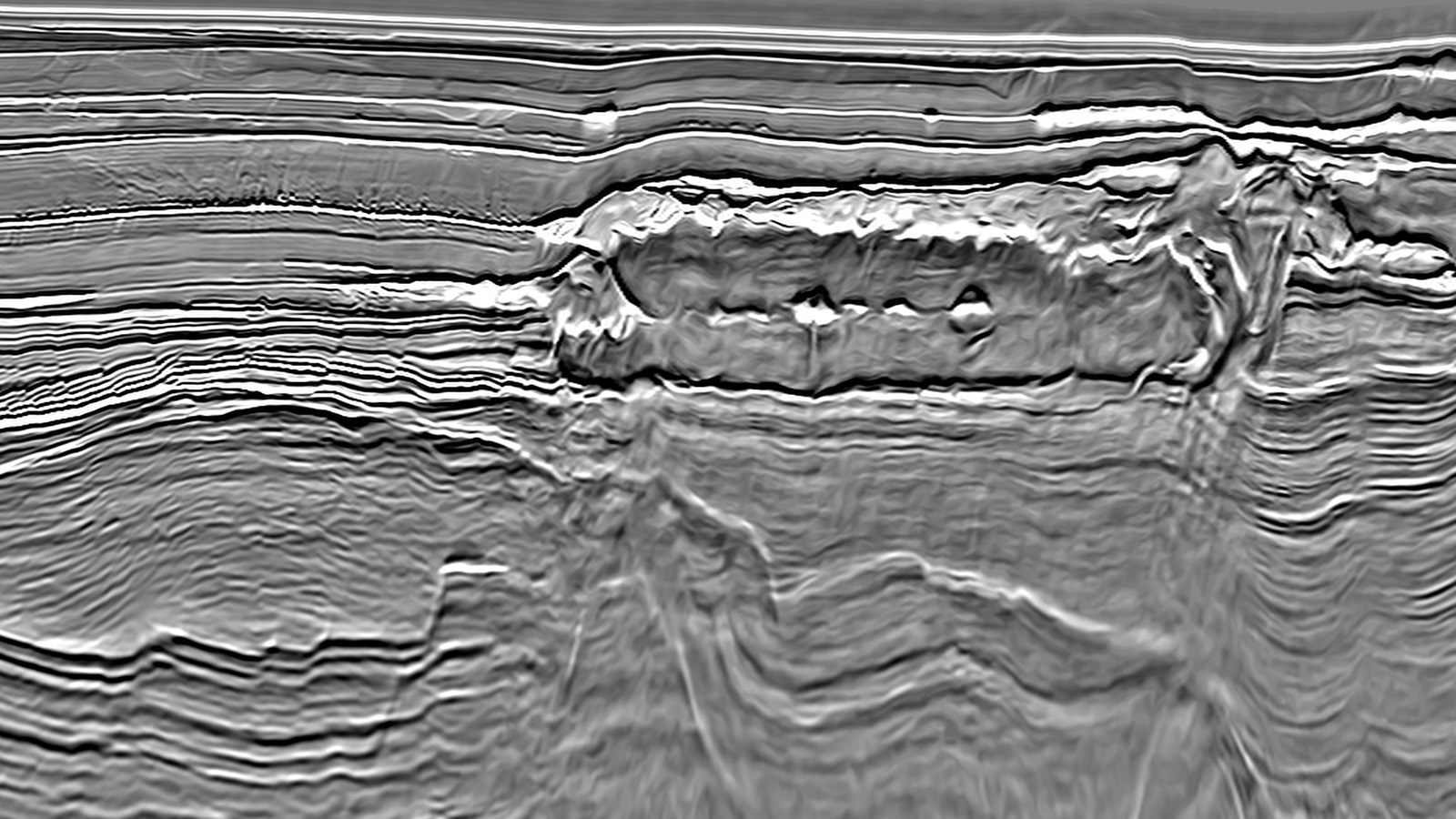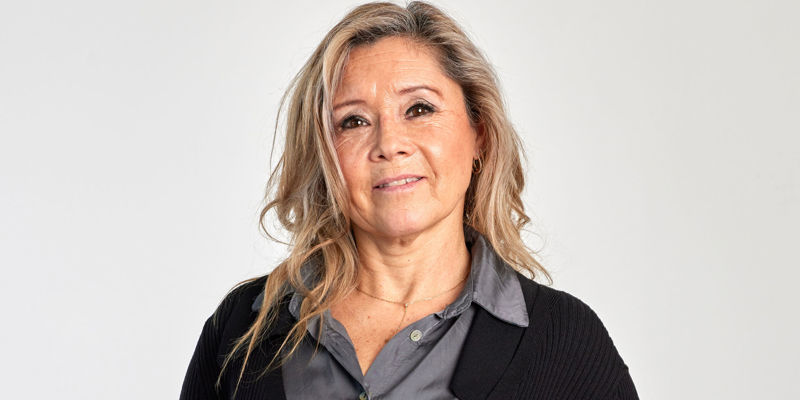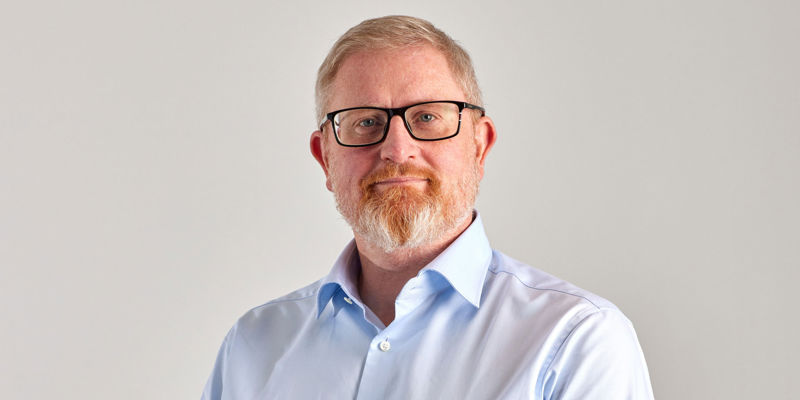The Challenge
Reservoir targets in the area sit deeper than complex ooze bodies. In order to accurately image the targets the ooze bodies must be effectively resolved. Deep water and lack of refractions from strong negative velocity contrasts at the top of the ooze bodies mean that traditional FWI is not optimal. The ooze also causes strong scattering of the wavefield and results in distortions and amplitude diming effects which must also be addressed.
